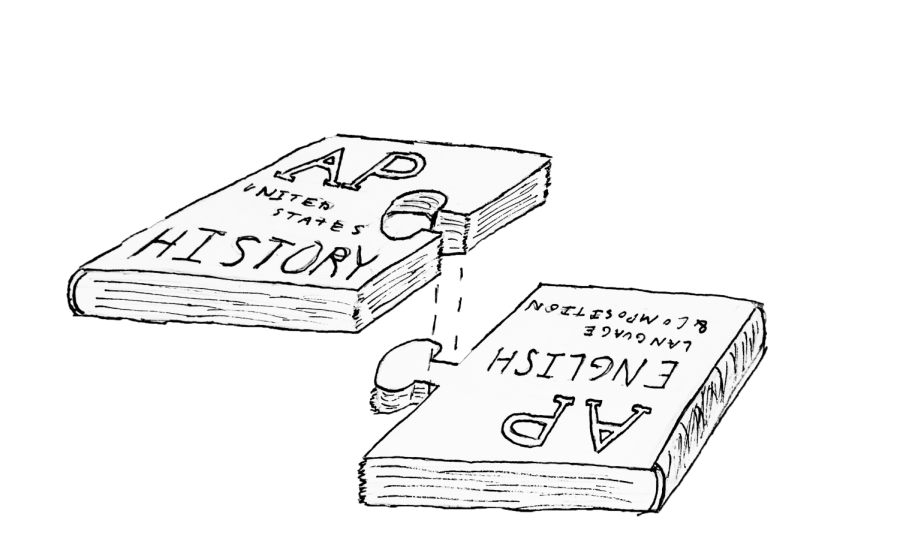Greater Than the Sum of its Parts
New junior year AP course pilots the “blocked” humanities model.
This September, two of Garfield’s most difficult junior-year classes were combined into the school’s first ever AP humanities block.
Proposed and taught by Garfield teacher Nathan Simoneaux, the new block combines AP United States History and AP English Language in a two-period class. This allows for assignments that span skills from both disciplines, a benefit that was one of Simoneaux’s main motives for proposing the block.
“Studies have shown that it is better for kids when humanities are linked,” Simoneaux said. “We may read a historical book for APUSH, then analyze the writing style in AP Lang. It’s a great way to engage with American history.”
Though the course has only existed for two months, it has already gained a reputation for being extremely challenging.
“I would say I get at least ten hours of homework every week,” said Zhemin Shao, a junior enrolled in the block. “I’ve never had a class with this workload — not even close.”
To Simoneaux, however, the demanding coursework is a sign that the class is working well.
“This truly is a college-level class,” Simoneaux said. “It is quite reading heavy, but that’s just part of the discipline at that level.”
Though Simoneaux was one of the foremost supporters of ninth-grade Honors for All, an initiative which placed all students in the same humanities classes regardless of ability level, he does not believe that his AP humanities block is suited to all students. He views de-tracking measures as less necessary for upperclassmen.
“By junior year, when you have a good idea of your post-high-school plans, I’m less worried about ‘what if this kid doesn’t get the opportunity to take an advanced class,’” Simoneaux said. “I would say that the class is tracked, but tracking has its place, when it’s done supportively.”




